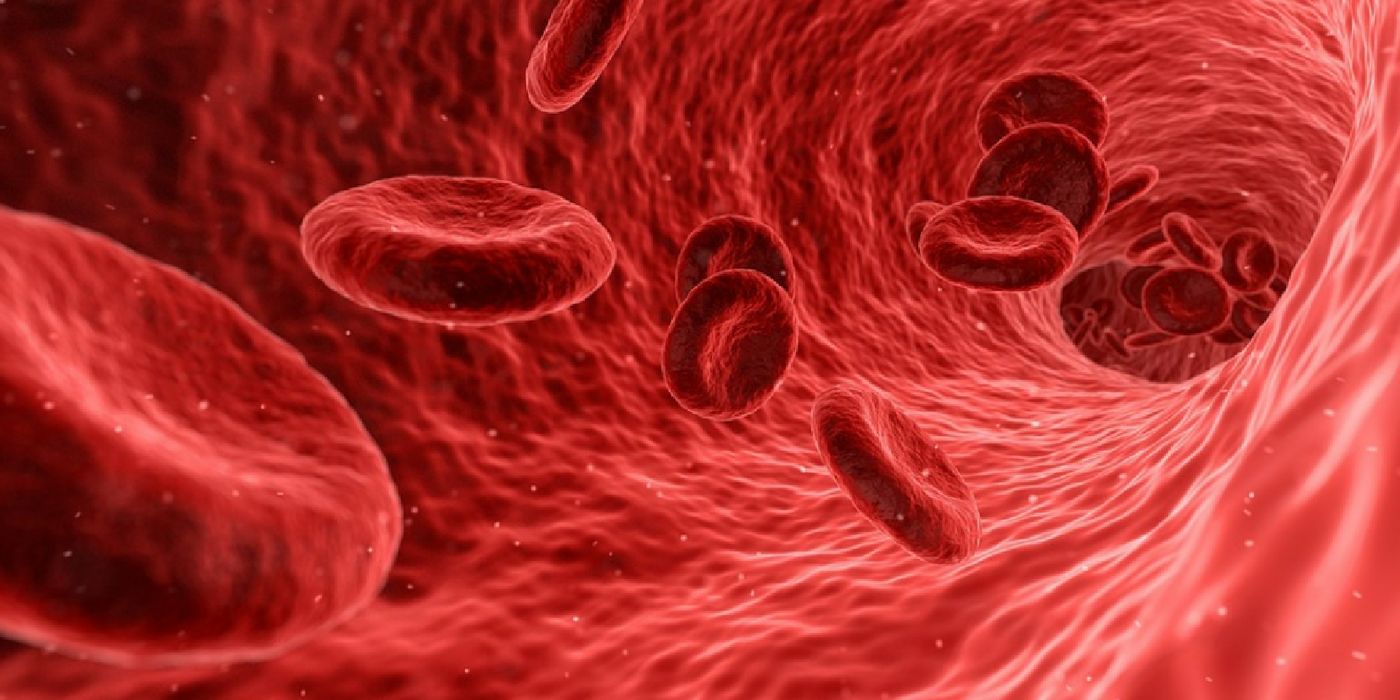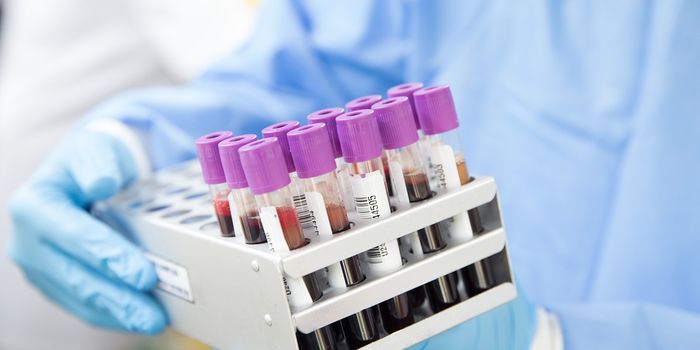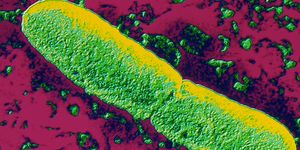Lung Cancer's Return Can be Predicted a Year in Advance
Results from a new study could help doctors detect the recurrence of lung cancer up to a year before traditional tests. Such technology would allow patients to stay one step ahead of the cancer in terms of treatment and survival outcomes.
The new test relies on circulating tumor DNA (ctDNA). Also known as cell-free tumor DNA, ctDNA is genetic material that’s freely floating in the bloodstream of cancer patients. The source of ctDNA is the tumor, where dead tumor cells break open and release the tumor DNA into the patient’s blood.
Led by Charles Swanton from the Francis Crick Institute, researchers analyzed blood samples from 100 patients with non-small cell lung cancer, the most common type of lung cancer. These patients also provided tumor samples, from which the researcher used to build a cancer genetic profile unique to each patient. Then, they hunted for these genetic mutations in the patient’s blood biopsies.
“First, we’re looking at blood samples taken before the patients had surgery to remove their tumours,” explained Christopher Abbosh, the study’s lead author. “We want to see what features of the tumour are associated with the release of ctDNA into the circulation. Next, we want to see which parts of the tumor’s genetic make-up, or ‘evolutionary tree’, can be detected in the blood. Finally, we want to find out what this DNA could tell us after the patients have had surgery.”
This in-depth analysis dramatically increased the sensitivity of detecting ctDNA and capturing the very early stages of lung cancer relapsing. Almost all of the patients with squamous cell type lung cancer had tumor DNA in their blood.
“Many studies have suggested that tumour DNA might be released when cancer cells are breaking down and becoming necrotic,” said Abbosh. “Squamous cell tumours are known to be a necrotic type of non-small cell lung cancer, so this might explain why we could detect tumour DNA earlier in these patients.
The biggest advantage of this new technique is early detection. The researchers report that the blood test catches these tumors when they’re still tiny, occupying just 0.3 cubic millimeters. Just as it’s easier to contain small fires than big ones, treating cancer when it’s small and nearly invisible is likely to yield better outcomes. "We hope that by treating the disease when there are very few cells in the body that we'll be able to increase the chance of curing a patient,” said Swanton.
"We can identify patients to treat even if they have no clinical signs of disease, and also monitor how well therapies are working,” said Abbosh. "This represents new hope for combating lung cancer relapse following surgery, which occurs in up to half of all patients.”
But some big questions are still unanswered. "We can now set up clinical trials to ask the fundamental question - if you treat people's disease when there's no evidence of cancer on a CT scan or a chest X-ray can we increase the cure rate?” said Swanton.
Additional sources: BBC









